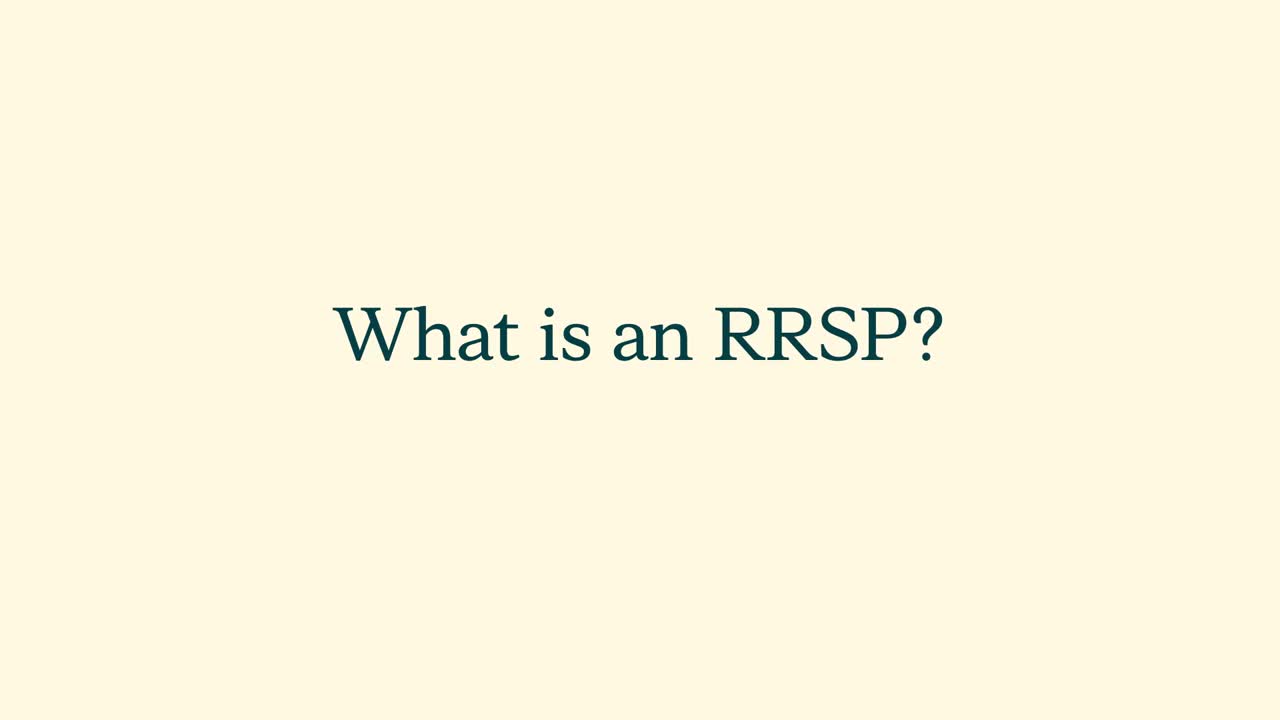Last updated: January 9, 2024 | Reviewed by Stuart Dollar
Quick links
Plan sponsors & advisors
Life’s brighter under the sun
We acknowledge that Sun Life operates in many Territories and Treaties across Canada. Our Canadian headquarters in Waterloo are on the traditional territory of the Anishnaabeg, Haudenosaunee Confederacy and the Mississaugas of the Credit First Nations.
Today, Canada is still the home to many Indigenous, First Nations, Inuit, and Metis peoples from all across Turtle Island. We are grateful to have the opportunity to work in this territory. We offer this acknowledgment as a stepping stone towards honouring the original occupants, as a testimony to the oppression faced by Indigenous peoples, and our commitment to Indigenous communities and employees of Sun Life.
© Sun Life Assurance Company of Canada. All rights reserved.
SLF


